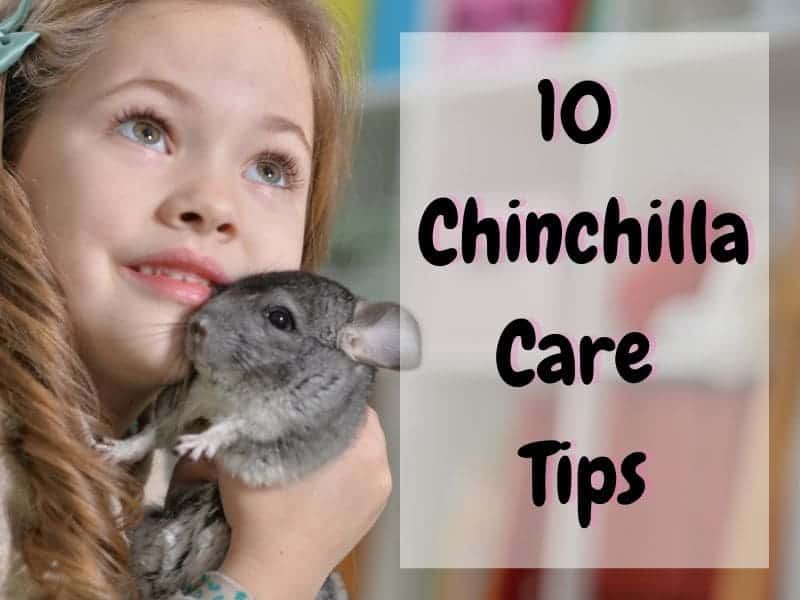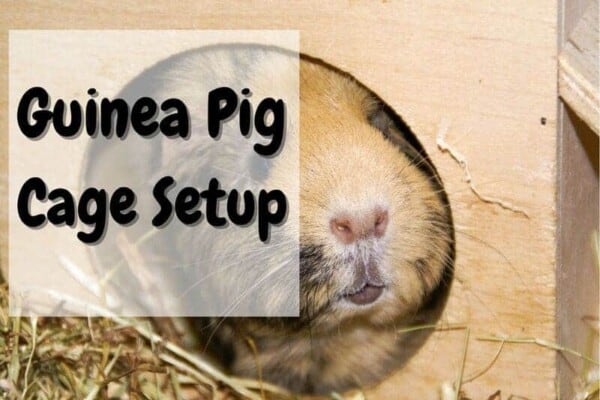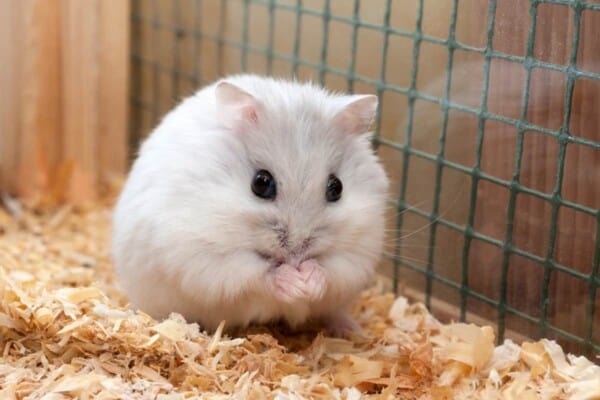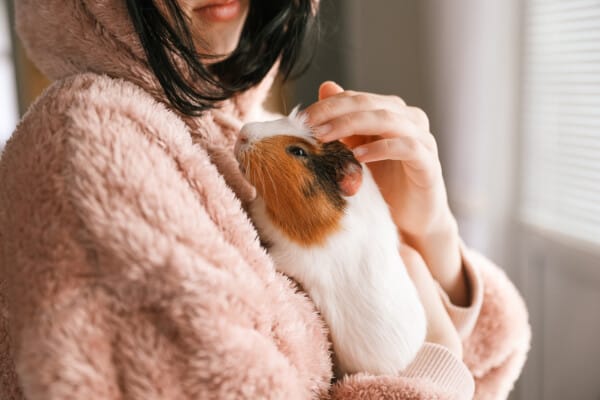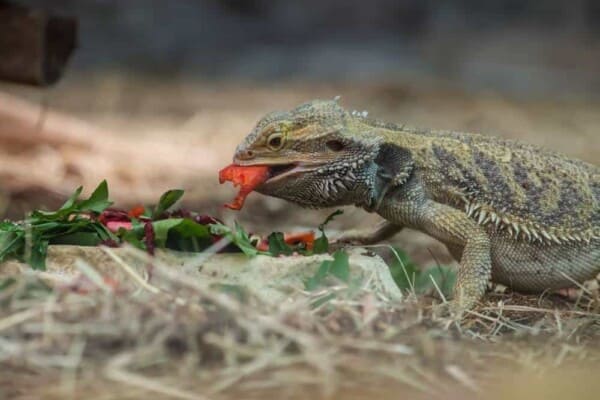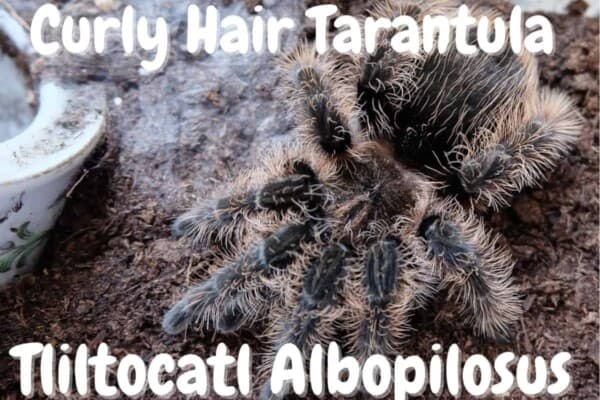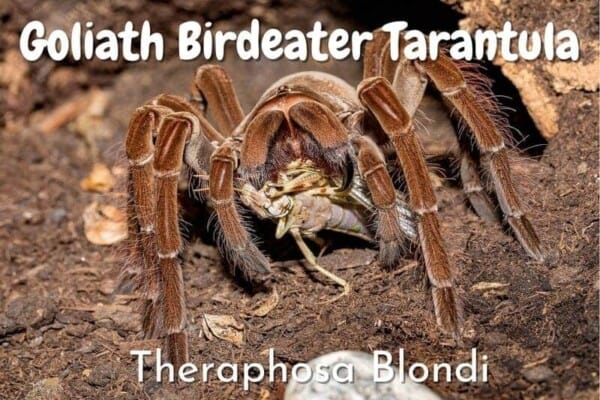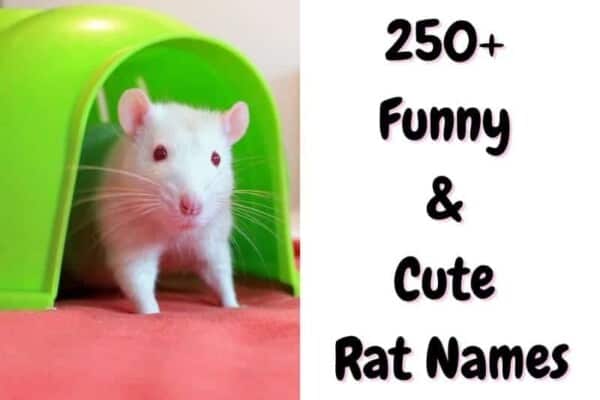So you are quite decided to add a chinchilla as a new family member? If so, you need to understand what goes into taking care of your new furry. Here are 10 tips that will help you take care of a chinchilla properly, from choosing the right chin for you to the food, treats, and accessories that will make your critter happy.
1. Choose a Healthy Chinchilla
There are three main ways you could get a chinchilla. You could go to a local pet store that sells chinchillas, find a chinchilla breeder, or adopt a chinchilla from someone who has a chinchilla and is looking to get rid of him. Generally speaking, going to a breeder will allow you to get the most information about your chinchilla, but going to a pet store or adopting from someone else can save you some money.
No matter what way you choose to get your chinchilla, you are going to want to ask for as much background information as they have. Ask for things like the chinchilla’s health history, noted behavioral problems, living situation, etc.
You also want to check out your chinchilla’s health. When choosing a chinchilla, make sure it does not have any bare patches of fur, that his eyes are not red and there is no excess drainage around them, and that there is no evidence of diarrhea or stomach problems in his enclosure. Also, make sure the chinchilla you choose has a good temperament. You can hold out your hand to see if he comes up to your or ask if you can hold him.
It is also important to understand the costs before bringing home a new pet like a chinchilla. There are two main types of costs: one-time costs and recurring costs. One-time costs include the animal itself, the cage, food bowls, water bottles, and other accessories. You should expect to spend a few hundred dollars upfront when you first get your chinchilla. Recurring costs include things like food, treats, and bathing dust. After you initially bring home your chinchilla, you can expect to pay between 20 and 30 dollars a month to take care of him.
2. Buy The Right Type of Cage
As far as materials go, the best cage for a chinchilla is a wire cage. A wire cage will keep your chinchilla securely inside, allows for plenty of ventilation to keep your chinchilla cool, and generally comes in sizes big enough for your chinchilla to be happy. However, the bottom of the cage should be plastic (where your chinchilla walks) because this will protect small, delicate little chinchilla feet where wires can dig in and cause blisters/abrasions to form.
Your chinchilla’s cage should have multiple different levels. Having multiple levels will allow your chinchilla to feel safe and secure as he will know that he can escape or hide if a predator comes/he feels like he is in danger. Adding in little tunnels and hiding places will also help your chinchilla feel secure.
As far as size goes, you want a cage that is at least 4 feet x 4 feet by 3 feet; however, if you have the space and the budget for a bigger cage, you should get one. Chinchillas like to spend a lot of time in their cages, so you want to make sure it is as comfortable and spacious as possible. You can also feel free to expand up if you do not have the space to expand out. Chinchillas can jump up to six feet in the air.
Finally, you want to make sure that you put your chinchilla’s enclosure in a space where they will be able to stay cool. Chinchillas have very thick coats, and if the temperature reaches 80 degrees Fahrenheit or above, your furry friend could be at risk of overheating. Getting a cage that sits on a stand rather than on the ground can help keep your chinchilla cool.
3. Include These Elements Inside Your Chinchilla’s Cage
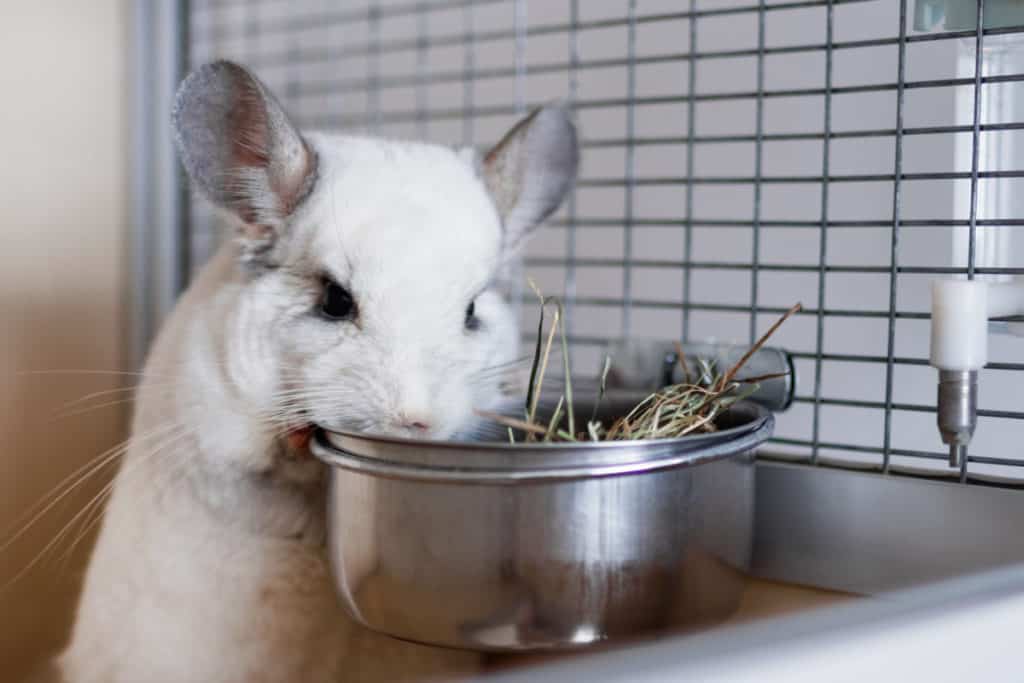
- Bedding: You are going to want to put one to two inches of bedding at the bottom of your chinchilla’s cage, and you will need to change it out regularly. There are a variety of different types of beddings that you can use, such as shredded paper, pellet bedding, or aspen wood shavings.
- Hideouts: When chinchillas sleep, they often like to do so away from view so that they feel protected from predators. Giving your Chinchilla little hideouts to sleep and rest in can help keep your furry friend healthy and happy.
- Toys: Things like climbing toys and other fun toys will help keep your chinchilla physically fit and mentally stimulated, both of which will help keep your chinchilla healthy and happy for as long as possible.
- Food and Water Bowls: Your Chinchilla needs food and water to survive, so you are going to want to make sure you get a good food and water bowl. Often people like it when they attach to the side of the enclosure because it helps keep them from spilling.
- Chew Toys/Treats: You are going to want to get some sort of chew toy or stick to put in the enclosure to help keep your chinchilla’s teeth healthy.
- Exercise Wheel: Chinchillas like to run on exercise wheels, especially when they get stressed, so you are going to make sure you get a big enough exercise wheel for inside the enclosure.
4. Provide Dust Baths for Your Chinchilla
Chinchillas have really thick coats and cannot get wet, so the best way to help your chinchilla and all his fur stay clean is with something called a dust bath. You are going to want to get chinchilla dust and fill a pan a couple of inches deep with it.
It’s best if your chinchilla takes his dust bath outside the cage to avoid putting dust all over his bedding and toys. When you put your chinchilla in the dust bath, he will instinctively roll around in it to stay clean. Your chinchilla will need to bathe at least twice a week and can reuse the same dust a couple of times, after which you need to remove and discard the dust.
5. Clean Your Chinchilla’s Cage Regularly
You are going to want to do a basic cleanout of the enclosure pretty much every single day. That means every day you will spot clean the bedding, clean any toys that have gotten especially dirty, replace the water, and get rid of any old food.
However, you are going to want to do a deeper clean about once a week. During this clean, you will completely remove and replace all the bedding, remove and clean all the accessories/toys, and wipe down the inside of the cage. You can use a solution that is equal parts water and vinegar to clean the cage safely.
6. Provide Good-Quality Food And Treats
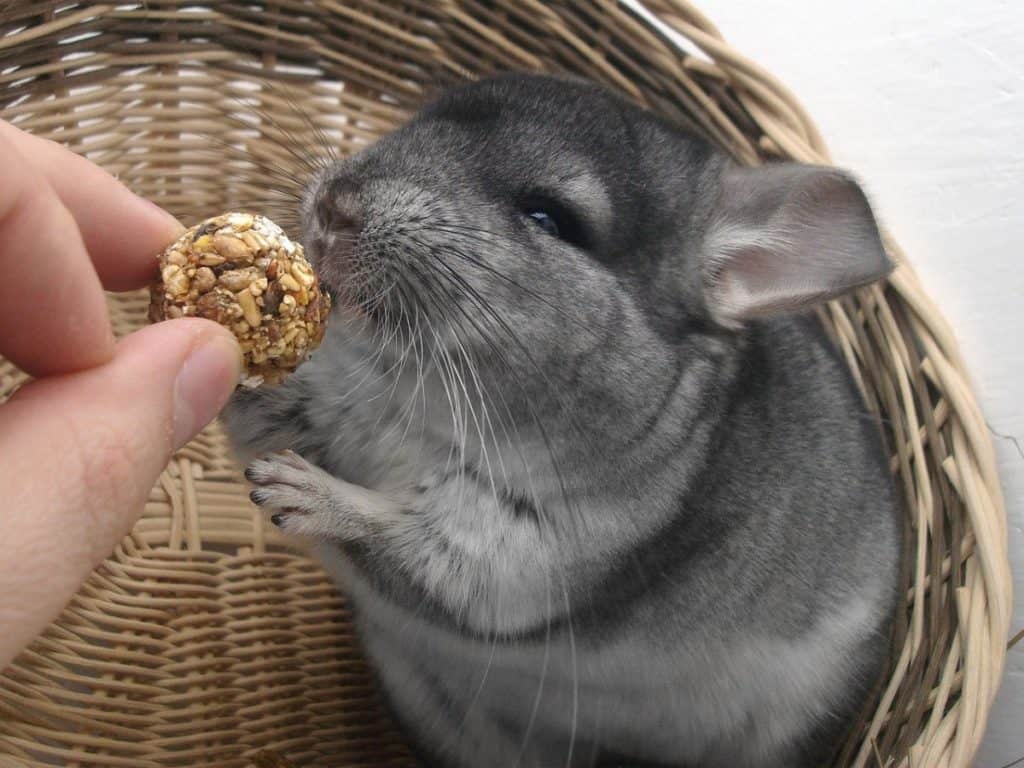
If you have any concerns while trying to figure out what to feed your chinchilla, you can always ask your local vet for advice. You want to make sure that the food that you choose does not hurt your chinchilla’s stomach or teeth.
Because of this, you do not want to feed your chinchilla a lot of fruits or vegetables even though that might seem like a good treat. Fruits and vegetables can be hard on a chinchilla’s digestive tract.
Some good options for food include pellets and timothy hay. Usually, you can just keep your chinchilla’s supply of hay and pellets full, and he will eat as he gets hungry. If you are not sure what type of pellets would be best for your specific chinchilla, you can always ask your vet.
You should also ensure that your chinchilla always has access to water. As far as treats go, you can try things like goji berries, marigolds, or rose hips in moderation.
7. Spend Bonding Time With Your Chinchilla
Chinchillas are often pretty happy on their own, so it is important that you do not force any kind of connection. Instead, try to be patient and let your chinchilla get used to you.
Start by just hanging out around the cage, then holding your hand out in the cage, and when he comes up to you on his own, you can start trying to pet and love on your chinchilla.
Make sure that whenever you hold your chinchilla, you support his legs and hold him close to your body, so he feels secure.
8. Make Sure Your Chinchilla Gets Enough Exercise
Exercise is an important part of keeping a chinchilla healthy and happy. This is why it is so important to get a big enough cage so your furry friend can jump around, climb, and play in his own enclosure. It is also why it is important to provide your chinchilla with things like an exercise wheel so he can run and get some of that excess energy out.
You can also try letting your chinchilla explore outside of his enclosure for some extra exercise, but you have to make sure you put some safety precautions into place to do so.
9. Prevent Silly Chinchilla Accidents
As far as when your chinchilla is in his enclosure, you just want to make sure everything is secure so your chinchilla stays inside. Make sure there is a latch on the cage, and the bars are close enough together (about an inch or less apart) to make sure your chinchilla cannot slip through the cage.
Also, make sure that anyone who does not know how to properly handle your chinchilla is not allowed to open the enclosure by themselves (especially small children.) Also, none of your other pets (cats, dogs, etc.) should get into your chinchilla’s enclosure.
It is when you take your chinchilla out of the enclosure that you have to be extra careful. Make sure that you only let him explore a controlled space that he cannot get out of. Remember, your chinchilla is smaller than he looks with all that thick fur.
Also, watch out for anything that he could chew on is picked up or blocked off and that things like clothes are picked off the floor, so you do not accidentally step on him.
Remember that chinchillas can jump pretty high – up to six feet! So if you live in an apartment it’s always a good idea to shut down any low windows he might be able to reach if he gets particularly excited.
Finally, let everyone else in your household know that you are taking the chinchilla out of the enclosure, so they do not accidentally step on him, let the chinchilla out of the room you are in, or let other animals into the room.
10. Monitor Chinchilla Health Issues Early
There are a few different chronic issues and illnesses that chinchillas are prone to getting, but this is the case for most animals. Chinchillas tend to get things like digestive problems or dental diseases.
Of course, the best thing that you can do for your chinchilla is to try and prevent these illnesses from developing.
The best way to do that is to offer a healthy diet and treats/chews that are good for your chinchilla’s teeth. If your chinchilla does develop one of these illnesses, it is important that you take him to your local vet for treatment.
FAQ Related to Chinchilla Care
Do chinchillas need to be in pairs?
Most experts do recommend that chinchillas be kept in pairs. They can be kept in male/female pairs (if they are fixed) or single-sex groups. Chinchillas are naturally social creatures (with each other at least) so keeping them in pairs helps meet those needs.
Are chinchillas high or low maintenance?
As far as pets go, chinchillas are pretty low maintenance. They are pretty happy on their own (they like each other but do not need a lot of human interaction), so they are great for people with busier schedules. Chinchilla grooming is pretty minimal, so once you have the cage set up and food and water put in, they are pretty much good to go.
Is a chinchilla a good pet for beginners?
As long as you do your research about what chinchillas need to be healthy and happy, they are great pets for beginners. Because beyond their basic needs (food, cage, water, dust bath, etc.), chinchillas are pretty easy to take care of.
Do chinchillas like to be held? Are they cuddly pets?
If you hold your chinchilla from a young age, he may end up enjoying being held for short periods of time, but they really are not a cuddly species. In fact, many chinchillas would be happier left in their enclosure for several days than they would be being held for an extended period of time.
Contents
- 1. Choose a Healthy Chinchilla
- 2. Buy The Right Type of Cage
- 3. Include These Elements Inside Your Chinchilla’s Cage
- 4. Provide Dust Baths for Your Chinchilla
- 5. Clean Your Chinchilla’s Cage Regularly
- 6. Provide Good-Quality Food And Treats
- 7. Spend Bonding Time With Your Chinchilla
- 8. Make Sure Your Chinchilla Gets Enough Exercise
- 9. Prevent Silly Chinchilla Accidents
- 10. Monitor Chinchilla Health Issues Early
- FAQ Related to Chinchilla Care

